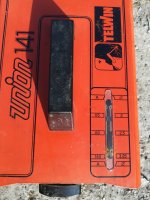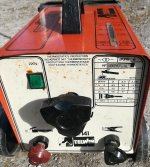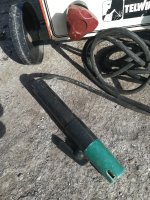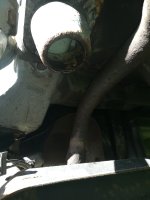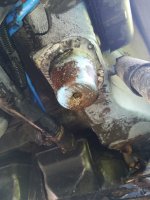Thank you koalar & Jock for your kind & helpful replies - much appreciated

I've witnessed welding plenty enough and always thought I fancy giving it a go, but yes I'd consider myself a complete beginner.
Which I guess is why MMA was advised to me as easiest to pick up, but I'd never stopped to consider it would be unsuited to thin metal. So thank you for putting me on the right path with MIG.
Yes, it would be for mostly use on cars, plus some other projects (but no load-bearing structures). Funnily enough, also a trailer, but a small lightweight one for bicycles (I convert e-bikes in my spare time).
I'm very cautious with any power tools or high voltages or heat - I've seen what can go wrong, and I've only got one hand already so I need to be careful

So I'll make sure to do some proper research, learning and trials before letting myself loose on my unsuspecting Panda.


